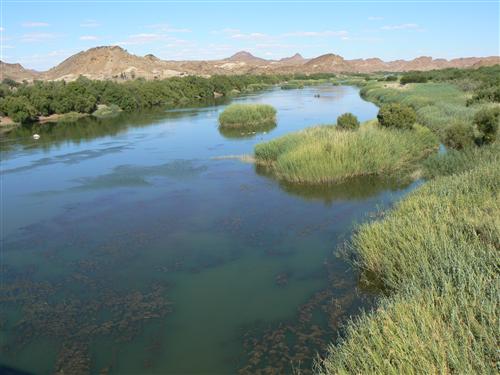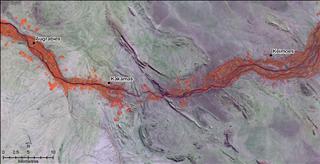To grow and survive, organisms need a variety of chemical elements and compounds. In aquatic ecosystems, nitrogen and phosphorus are the most important nutrients. Other elements, like iron, manganese, and copper, are also needed in small amounts.
Forms of Nutrients
In aquatic ecosystems, nitrogen and phosphorus are found in particulate and dissolved phases, and in varying chemical forms:
The availability of nutrients for uptake and use by living organisms depends on the chemical form of the nutrient and the biochemical processes available to the organism. Some blue-green algae and bacteria can utilise nitrogen gas (N2), converting it to organic nitrogen—a process known as nitrogen fixation. Other bacteria, fungi, and plants use ammonium, and most can use nitrate. Phytoplankton and most plants assimilate orthophosphate, although some can access dissolved organic phosphorus using phosphatase enzymes. Particulate organic forms of phosphorus and nitrogen are slowly converted back into soluble forms.

Eutrophic waters near Keimoes in the Lower Orange River in South Africa.
Source:Kruchem 2008
( click to enlarge )
Sources of Nutrients
Phosphorus can be released from minerals through weathering of rock, a process that is highly dependent on climate. Some inorganic materials in soils can bind phosphorus, preventing it from moving to the aquatic ecosystem. Artificial sources of nutrients include discharges of sewage, animal waste, and fertilisers. Direct discharge of wastewater or runoff can elevate concentrations of nutrients in aquatic ecosystems. Because nutrient concentrations often limit primary productivity and constrain biomass, inputs of nutrients can lead to large increases in the growth of algae or aquatic plants, just as fertilisation can increase growth and yield of crops.
Eutrophication
Eutrophication results from the presence of high concentrations of nutrients. It can lead to excessive biological growth, especially of algae. These excess plant and algal growths deplete oxygen in the water, reducing the amount available for other organisms. The image above near Keimoes on the Lower Orange-Senqu River shows an example of these plant and algal growths, most likely caused by agricultural effuents being released into the watercourse.
Nitrate Poisoning
Nitrate poisoning of cattle is a problem throughout the basin. The WHO guideline for human health recommends that drinking water should not exceed levels of 100 mg/L and should ideally be below 50 mg/L. For more information on this subject, please refer to the section on The Quality of groundwater.
 Extent of irrigation along the Orange-Senqu River, near the towns of Keimoes, Karkamas and Augrabies, South Africa. Source:Hatfield 2009 ( click to enlarge ) |
